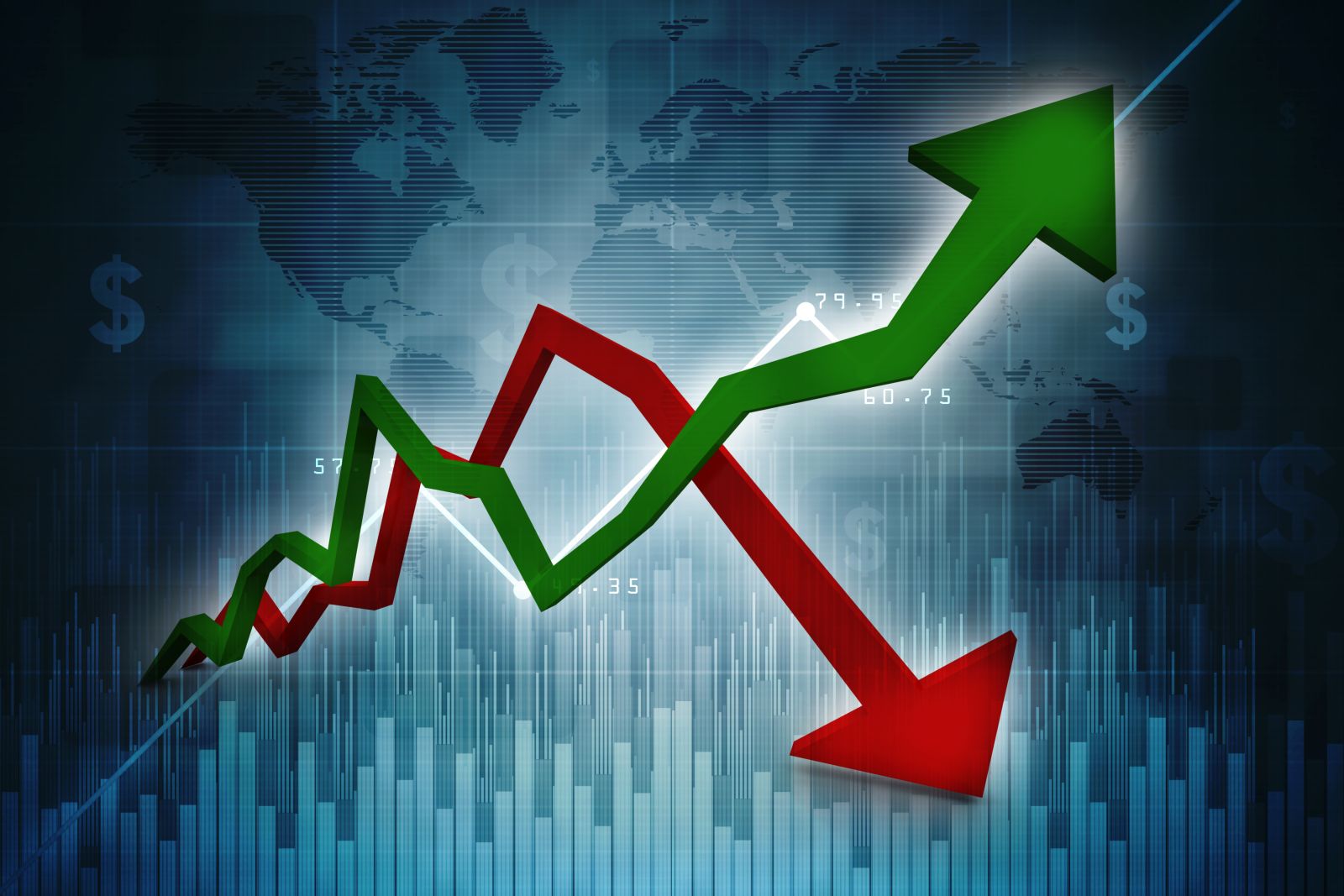
In a late September 2024 Barchart article that addressed the stock market’s October effect, I concluded:
Time will tell if there is an October effect in store in 2024, but the many issues facing markets and the potential for surprises suggest we could be in for a wild ride during the coming month.
The VIX index was at the 15.90 level on September 23, and even though there has been no significant stock selloff over the past month, the metric measuring the implied volatility of S&P 500 stocks has risen and may still be too low in the current environment.
The VIX has been trending higher
The index measuring the implied volatility on S&P 500 put and call options has been trending higher since late September.

The one-month chart highlights the move higher since the late September low that lifted the VIX index to over 23 on October 8. The volatility index was just below the 19 level on October 21.
The VIX tends to rise when market participants become concerned about a downside correction and purchase options as price insurance. However, the most recent rise occurred as the S&P 500 index rose to a new all-time high.

The monthly chart illustrates the S&P 500’s rise to a new record high in October 2024.
The markets are holding their breath for the U.S. election
The VIX has increased despite the rise in the most diversified stock market index as the U.S. Presidential election is only two weeks away.
The race is far too close to call, and polling over the past few years has been less than an indication of the results. Vice President Harris has a slight lead, within the margin of error, over former President Trump, but many of the swing states that will determine the election are a toss-up. The electoral college, designed to level the playing field between the most and least populous states, will determine the next U.S. leader and the policy path for the coming four years. The uncertainty of the election’s outcome is causing uncertainty among market participants and causing the VIX to lean higher even though the S&P 500 continues to make new all-time highs.
Tax policy for the coming years could be critical
While the two candidates have vastly different foreign, energy, and social policies, tax policy could significantly impact the U.S. stock market. Lower capital gains, corporate and inheritance taxes, or maintaining the current levels would benefit stocks. Increasing tax rates could derail the recent gains. Moreover, taxing unrealized gains on the wealthiest Americans could trickle down and impact all portfolios as wealthy investors, company founders, and executives may have to sell shares to pay taxes, depressing stock values. Markets tend to fall when selling overwhelms buying. A dramatic change in tax rates, even if it impacts only the wealthiest Americans with net worths over $100 million, could filter through to all portfolios invested in the stock market.
Surprises will likely come from overseas
With wars raging in the Middle East and Ukraine, any escalations could increase fear and uncertainty, weighing on stocks and lifting the VIX index from its current level. Moreover, the bifurcation of the world’s nuclear powers has created a dangerous environment where new conflicts could break out over the coming weeks.
China’s reunification plans for Taiwan and North Korea’s position as a rising nuclear power could cause a third conflict in Asia. While markets are nervously watching the geopolitical landscape, the most significant financial market volatility could come from a surprise event. The 2008 global financial crisis, the 2020 global pandemic, and Russia’s 2022 invasion of Ukraine are the most recent surprises that caused substantial price variance in stocks and markets across all asset classes.
A higher base level for the VIX- Trading volatility from the long side with VIXY
While the U.S. election is on November 5, the close contest could mean a result may not be available for weeks or months after the polls close. The election and geopolitical landscape mean that the 20 level could be a pivot point for the VIX for the balance of 2024 and into 2025. In August, the VIX spiked to the third-highest level in its history.

The monthly chart shows that the VIX spiked to 65.73 on August 5 as the S&P 500 and stock market experienced a brief downdraft. Time will tell if the move was a sign of things to come before the end of 2024.
In the late September Barchart article, I highlighted the ProShares VIX Short-Term Futures ETF product (VIXY) trading around the $11.83 per share level on September 23.

The three-month chart shows VIXY rose to $22.52 per share on August 5 and has edged higher since September 23. At the $12.97 per share level, VIXY had over $167.3 million in assets under management. The highly liquid ETF product trades an average of over 4.25 million shares daily and charges a 0.85% management fee.
VIXY could be a valuable tool over the coming weeks as the current uncertainty remains bullish for the VIX and could cause the implied volatility of put and call options on S&P 500 stocks to soar. At the 20 level, the VIX could still be too low in the current environment.
On the date of publication, Andrew Hecht did not have (either directly or indirectly) positions in any of the securities mentioned in this article. All information and data in this article is solely for informational purposes. For more information please view the Barchart Disclosure Policy here.






